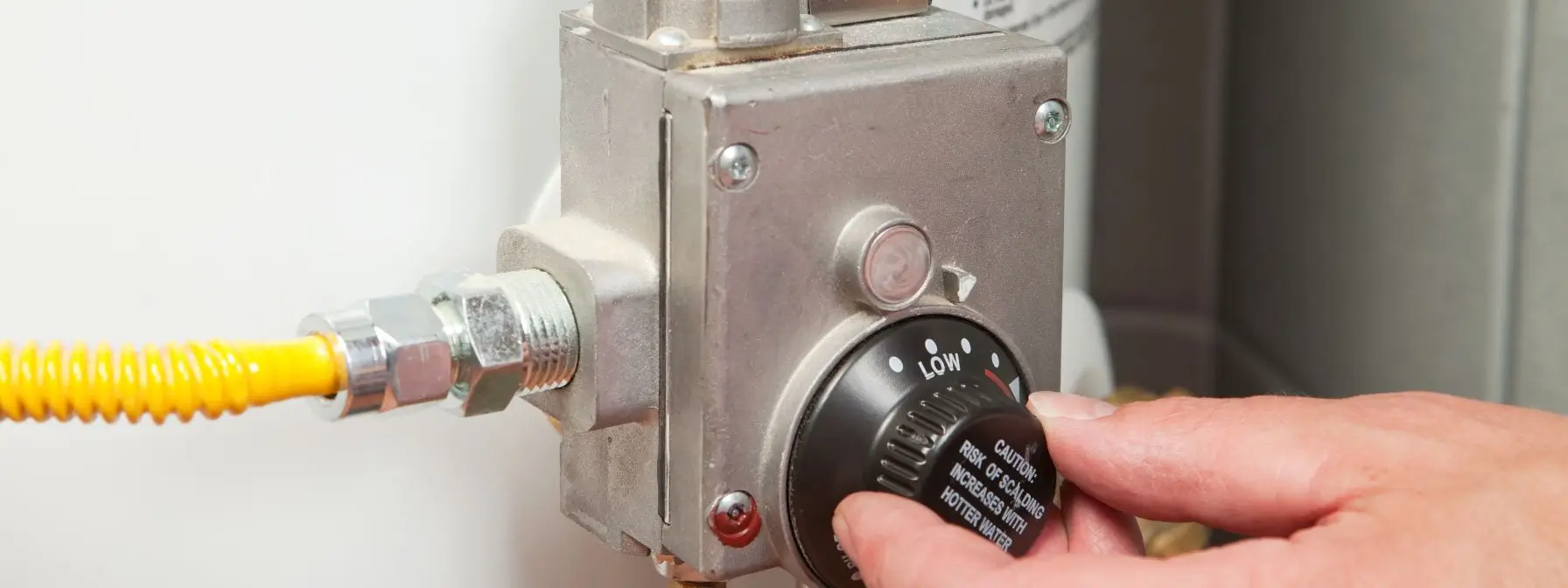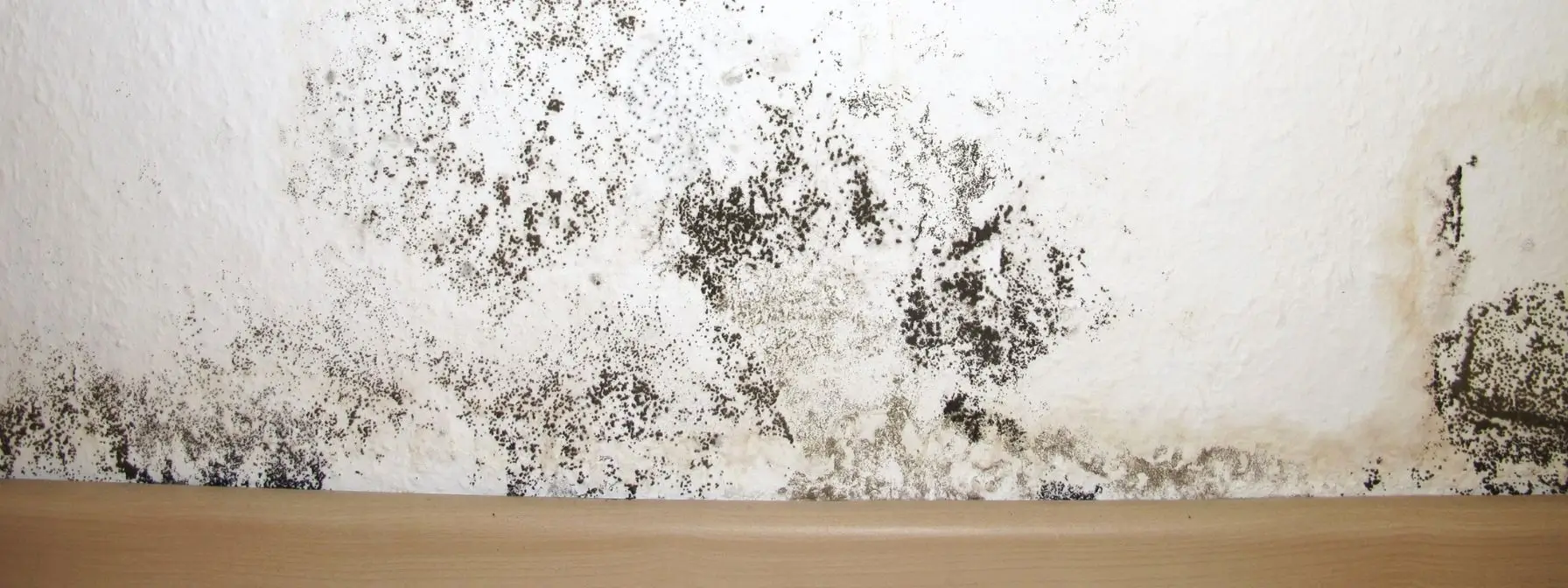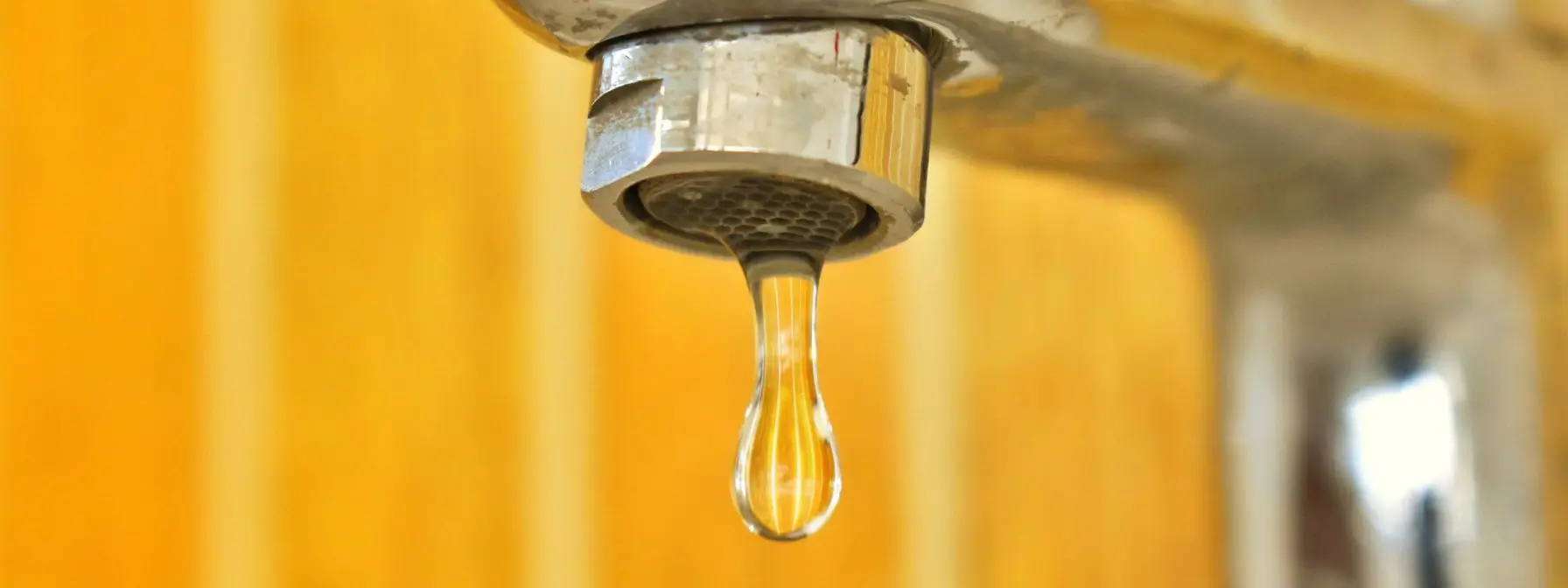
The Hidden Costs of Ignoring Minor Plumbing Problems: What Every Homeowner Should Know
Understanding the Hidden Costs: Risks of Ignoring Minor Plumbing Problems in Your Home
Introduction
When minor plumbing issues are overlooked, small drips and leaks can quickly escalate into expensive disasters. A seemingly insignificant leak or minor pipe corrosion might appear inconsequential, but ignoring these faults can result in hidden costs that include costly repairs, health hazards, and decreased property value. In this article, you will learn how a harmless drip can lead to major repair bills, diminished home appeal, and even health problems. Understanding these risks makes it easier to maintain your plumbing system and avoid unnecessary expenditures.
The Escalating Financial Burden of Unaddressed Small Plumbing Faults
Ignoring small plumbing issues can trigger a cascade of escalating costs. A dripping faucet or low water pressure can cause corrosion and pipe degradation, eventually leading to water damage that affects surrounding structures. What begins as a minor repair can quickly transform into a multi-thousand-dollar project.
Turning Minor Fixes Into Major Repair Bills
A small faucet leak may initially seem trivial, but over time, corrosion spreads and pressure builds up in the pipes. This can lead to deteriorated pipe joints and even bursting pipes. As a result, an inexpensive repair today might become an expensive emergency replacement of entire sections of your plumbing system. Even a leak that wastes a few gallons daily can add up to substantial costs over a year.
The Compounding Cost of Water Damage Restoration
Persistent leaks can cause water to seep into walls, ceilings, and floors. Even minimal water damage can weaken insulation, compromise structural supports, and encourage mold growth. Restoring water-damaged areas often involves replacing drywall, repainting, and repairing related electrical issues. These unforeseen expenses can quickly overwhelm homeowners, especially if water damage is not promptly detected and repaired.
Unexpected Expenses From Appliance Failures Due to Plumbing Stress

Appliances relying on a consistent water supply, such as water heaters, washing machines, and dishwashers, can suffer when plumbing faults persist. Fluctuations in water pressure and quality may stress internal components. Corrosion within pipes can also allow sediment and rust to build up in appliances, leading to premature failures and costly repairs or replacements. In some cases, warranty agreements may become void, leaving homeowners with high out-of-pocket expenses.
Potential Impacts on Homeowners Insurance Premiums Due to Neglected Issues
Many homeowners insurance policies include maintenance clauses. If water damage from neglected plumbing faults leads to a claim, insurers might cite improper maintenance and classify it as negligence. This can result in higher premiums or even policy denial for future claims. Proper documentation and routine maintenance can help keep insurance rates stable by avoiding preventable damage.
What Are the Risks of Ignoring Minor Plumbing Problems in My Home Regarding Structural Integrity
The condition of your plumbing system is closely linked to your home’s structural integrity. Even small faults can gradually weaken the foundation and other structural elements, resulting in significant repair expenses and even safety hazards.
Foundation Damage From Persistent Water Exposure
Minor leaks that seep into the foundation expose concrete to continuous moisture. This can weaken the foundation, cause cracks, and eventually lead to shifts that require major repairs such as underpinning or complete replacement. These repairs are costly and can disrupt daily life while compromising the safety of your home environment.
Weakened Wooden Structures and Drywall Deterioration
Wooden support beams, flooring, and framing are especially vulnerable to water damage. A persistent leak can create damp spots that lead to rot and decay in wooden structures. Similarly, drywall exposed to moisture may sag, peel, or foster mold growth. Repairing or replacing these materials is labor-intensive and expensive, and such damages can compromise the overall stability of your home.
Ceiling and Floor Damage Requiring Extensive Replacement
Ceilings and floors often show the earliest signs of water damage, such as stains or warping. Leaks in attic or basement areas can eventually cause ceilings to collapse or floors to buckle. When these surfaces are compromised, extensive renovations or complete rebuilds may be required to restore your home’s integrity, increasing costs considerably.
The Threat of Hidden Leaks Compromising Wall Cavities
Not every plumbing issue is visible from the outside. Hidden leaks within walls can go unnoticed for years, slowly degrading insulation and wood framing. This concealed damage reduces energy efficiency and may lead to expensive repairs once discovered. Regular inspections using leak detection technology can help identify these threats early and prevent serious structural decay.
Health Hazards Stemming From Neglected Minor Plumbing Issues in Your Residence

Beyond financial and structural risks, unattended plumbing problems may pose serious health hazards. Persistent leaks create damp environments that promote mold and mildew growth, both of which are known to trigger respiratory problems and allergies.
Mold and Mildew Proliferation and Associated Respiratory Problems
When moisture accumulates behind walls or under floors, mold and mildew can flourish. The spores released by these fungi may cause issues such as asthma, bronchitis, or chronic allergies, particularly in children and the elderly. Ensuring proper ventilation and repairing leaks quickly are essential to minimizing these risks and maintaining indoor air quality.
Contaminated Water Supply Risks From Pipe Degradation
Corrosion in pipes can lead to the introduction of harmful substances into your water supply. Over time, sediment buildup and rust may compromise water quality, affecting drinking water, bathing, and cooking. Exposure to deteriorated water may result in gastrointestinal illnesses and long-term health issues, emphasizing the importance of regular maintenance and inspections.
Pest Infestations Attracted to Damp Environments
Neglected plumbing often creates moist, dark areas that attract pests like rodents, cockroaches, and termites. These pests can cause additional structural damage and bring allergens and bacteria into the home. Effective maintenance, including prompt leak repairs and proper drainage, is critical to keeping unwanted pests at bay.
Reduced Indoor Air Quality From Persistent Dampness
Ongoing damp conditions harm indoor air quality by fostering mold, dust mites, and mildew—all of which can trigger allergies and asthma. Poor air quality may also cause headaches, fatigue, and other respiratory issues. Regular plumbing maintenance not only prevents structural damage but also helps maintain a healthier indoor environment.
How Overlooked Plumbing Leaks Inflate Your Utility Expenses

Plumbing leaks can gradually drain your financial resources by significantly increasing your utility bills. Even small, slow leaks can add up to a noticeable increase in water and energy costs.
The Constant Drain of Unseen Water Leaks on Your Water Bill
A small leak might waste hundreds of gallons of water over a month. This loss not only increases your water bill but also contributes to environmental waste. Timely leak detection and repairs can help manage consumption, thereby reducing monthly costs.
Increased Energy Consumption From Water Heaters Compensating for Leaks
When leaks cause water levels to fluctuate, water heaters must work harder to maintain proper temperature levels. This extra workload leads to higher energy consumption and increased utility bills. Moreover, constant reheating can shorten the lifespan of your water heater, leading to additional expenses.
Wasted Water Resources and Their Environmental Footprint
In regions facing water scarcity, even minor leaks can have significant environmental consequences. The wastage of water not only drives up energy costs for water treatment and distribution but also depletes a valuable resource. Efficient leak detection and preventative maintenance can help reduce this environmental impact.
Spotting Hidden Leaks Through Careful Bill Monitoring
Monitoring your monthly water bills for unusual spikes can be a simple yet effective way to detect unseen leaks. Once identified, professional leak detection services can pinpoint and repair these faults, helping to keep utility expenses in check.
Frequently Asked Questions
Q: How do minor plumbing leaks affect my long-term expenses?
A: Minor leaks can escalate repair costs, cause water damage, and lead to hidden structural problems. Ignoring small faults increases water usage and utility expenses over time. Regular maintenance and early detection can help prevent these escalating costs.
Q: What structural issues can arise from neglected plumbing problems?
A: Ignoring small plumbing faults can lead to foundation damage, weakened wooden structures, deteriorated drywall, and hidden leaks in walls. These issues weaken the overall integrity of your home and may require extensive, costly repairs over time.
Q: Are there health risks associated with unresolved plumbing faults?
A: Yes, persistent leaks create damp environments that promote mold and mildew growth, leading to respiratory problems and allergies. Additionally, degraded pipes can compromise water quality, posing further health risks. Prompt repairs help ensure a safer home environment.
Q: How can I monitor for hidden plumbing leaks to prevent rising utility bills?
A: Monitoring your water bills for sudden increases and using water leak detection devices are effective ways to catch hidden leaks early. Regular inspections of both visible and concealed plumbing areas are essential to limit water waste and control utility costs.
Q: What are the signs that my plumbing issues are affecting my home's market value?
A: Visible signs such as water stains, sagging ceilings, and corroded pipes can lower your home's market value. Repeated repairs and inspection records showing plumbing neglect may further deter buyers. Timely repairs and regular maintenance documentation help maintain and even enhance your property’s marketability.
Final Thoughts
Ignoring small plumbing issues can quickly lead to big problems—from costly repairs and high utility bills to structural damage and health risks. At Eddyson Plumbing, we believe that timely repairs and routine maintenance are key to protecting your home’s value and safety. Our experienced team is here to catch problems early, provide reliable solutions, and help you avoid future headaches. Investing in proactive plumbing care with Eddyson Plumbing means peace of mind and long-term protection for your home and family.